
Here's our accompanying review!
www.jneurosci.org/content/45/4...



@gocastelobranco.bsky.social lab!! We use MPRA & scCRISPRi/a to interrogate possible functions of GWAS-identified Multiple sclerosis risk SNPs in iPSC-derived oligodendrocytes.
www.biorxiv.org/content/10.1...
@gocastelobranco.bsky.social lab!! We use MPRA & scCRISPRi/a to interrogate possible functions of GWAS-identified Multiple sclerosis risk SNPs in iPSC-derived oligodendrocytes.
www.biorxiv.org/content/10.1...


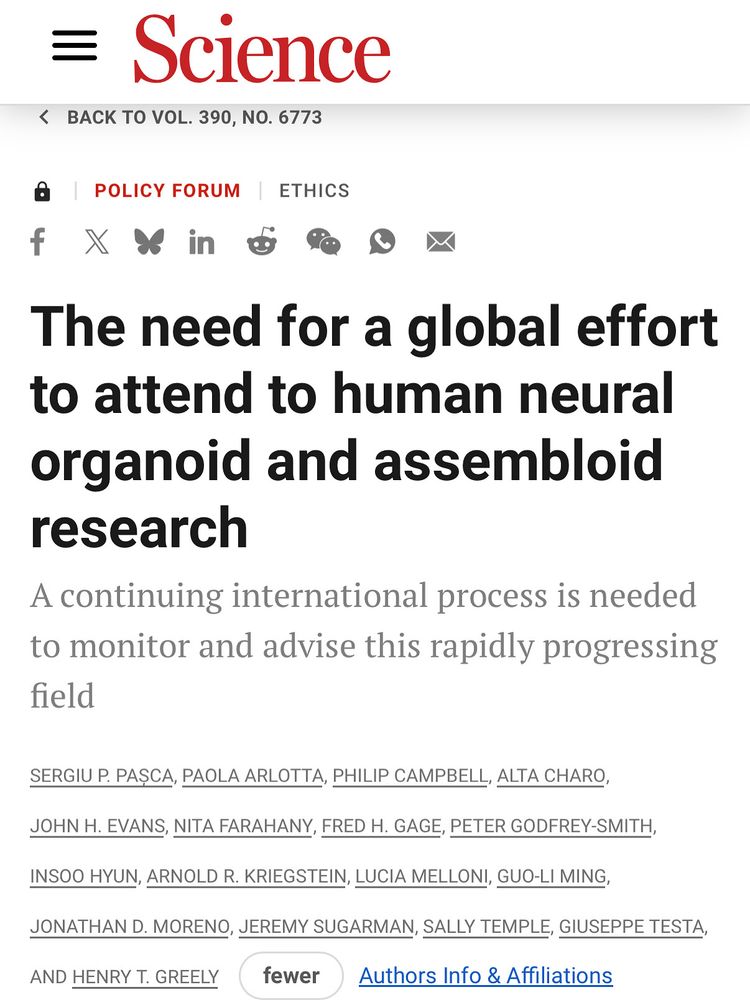
Paper: biorxiv.org/content/10.1...
Data: humandrg.painseq.com
Paper: biorxiv.org/content/10.1...
Data: humandrg.painseq.com
www.nature.com/articles/s41...

www.nature.com/articles/s41...
www.nature.com/articles/s4...

www.nature.com/articles/s4...
By @vcallier.bsky.social
#neuroskyence
www.thetransmitter.org/sensory-syst...

By @vcallier.bsky.social
#neuroskyence
www.thetransmitter.org/sensory-syst...
www.biorxiv.org/cgi/content/...

www.biorxiv.org/cgi/content/...
novonordiskfonden.dk/en/grant/pos...

novonordiskfonden.dk/en/grant/pos...

Join us to use next generation single cell lineage tracing (de Haan & He et al Science 2025) to resolve dermis developmental dynamics & mechanisms.
🚨 Deadline Oct 1st!! 🚨
Please re-post and help us spread the word far and wide! ✈
ki.varbi.com/en/what:job/...

Join us to use next generation single cell lineage tracing (de Haan & He et al Science 2025) to resolve dermis developmental dynamics & mechanisms.
🚨 Deadline Oct 1st!! 🚨
Please re-post and help us spread the word far and wide! ✈
ki.varbi.com/en/what:job/...
doi.org/10.21203/rs....
doi.org/10.21203/rs....
www.science.org/doi/10.1126/...

www.science.org/doi/10.1126/...
www.nature.com/articles/s42...
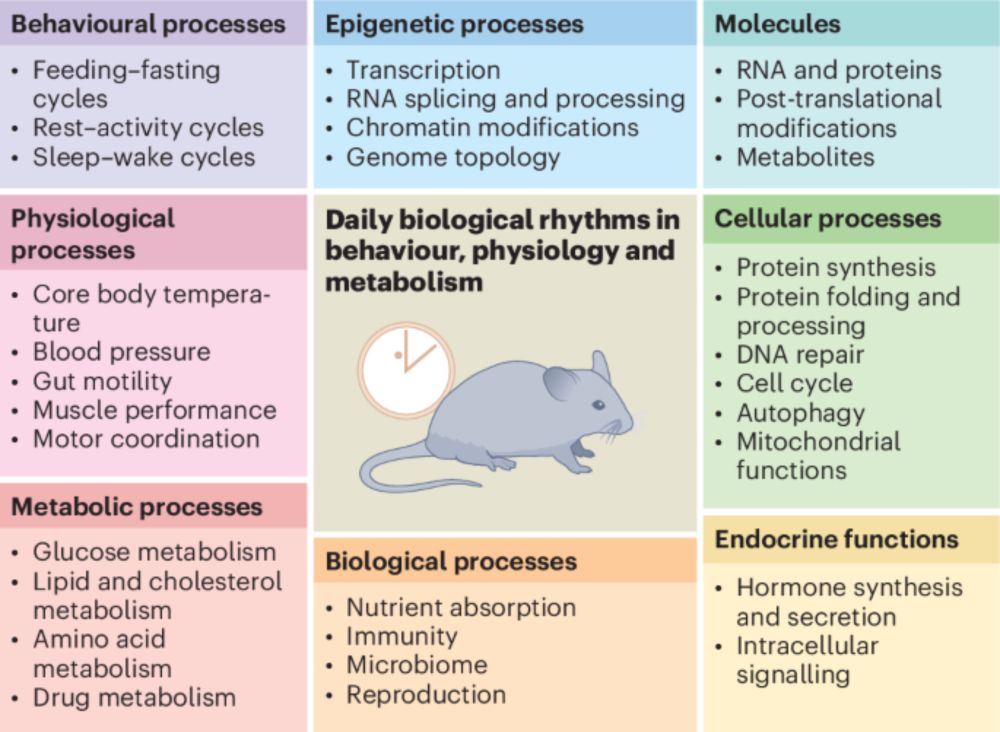
www.nature.com/articles/s42...
Nadine Serhan et al. 🧪
www.nature.com/articles/s41...
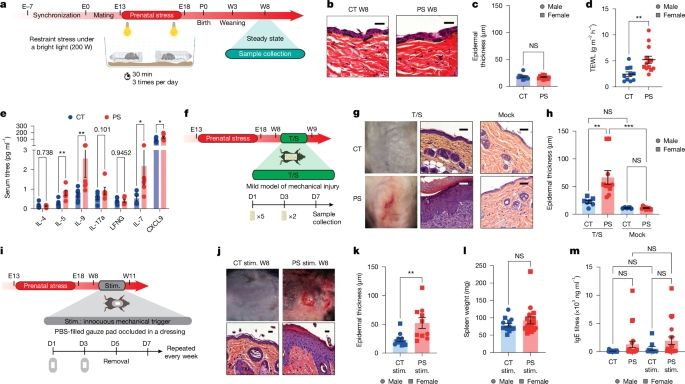
Nadine Serhan et al. 🧪
www.nature.com/articles/s41...

What happens to the brain’s body map when a body-part is removed?
Scanning patients before and up to 5 yrs after arm amputation, we discovered the brain’s body map is strikingly preserved despite amputation
www.nature.com/articles/s41593-025-02037-7
🧵1/18
What happens to the brain’s body map when a body-part is removed?
Scanning patients before and up to 5 yrs after arm amputation, we discovered the brain’s body map is strikingly preserved despite amputation
www.nature.com/articles/s41593-025-02037-7
🧵1/18
www.nature.com/articles/s41...

www.nature.com/articles/s41...
We compared humans and deep neural networks on sound localization 👂📍
Humans robustly localized OOD sounds even without primary interaural cues (ITD & ILD)
Models localized well only in-training distribution sounds, failing on OOD regime
Link & full story 🧵👇
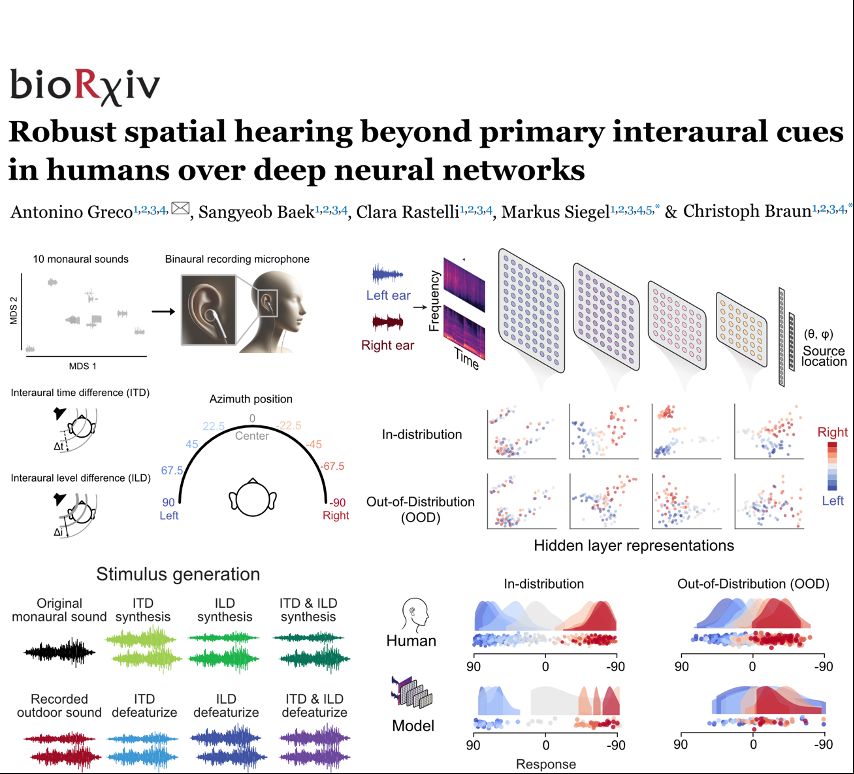
www.nature.com/articles/s41...
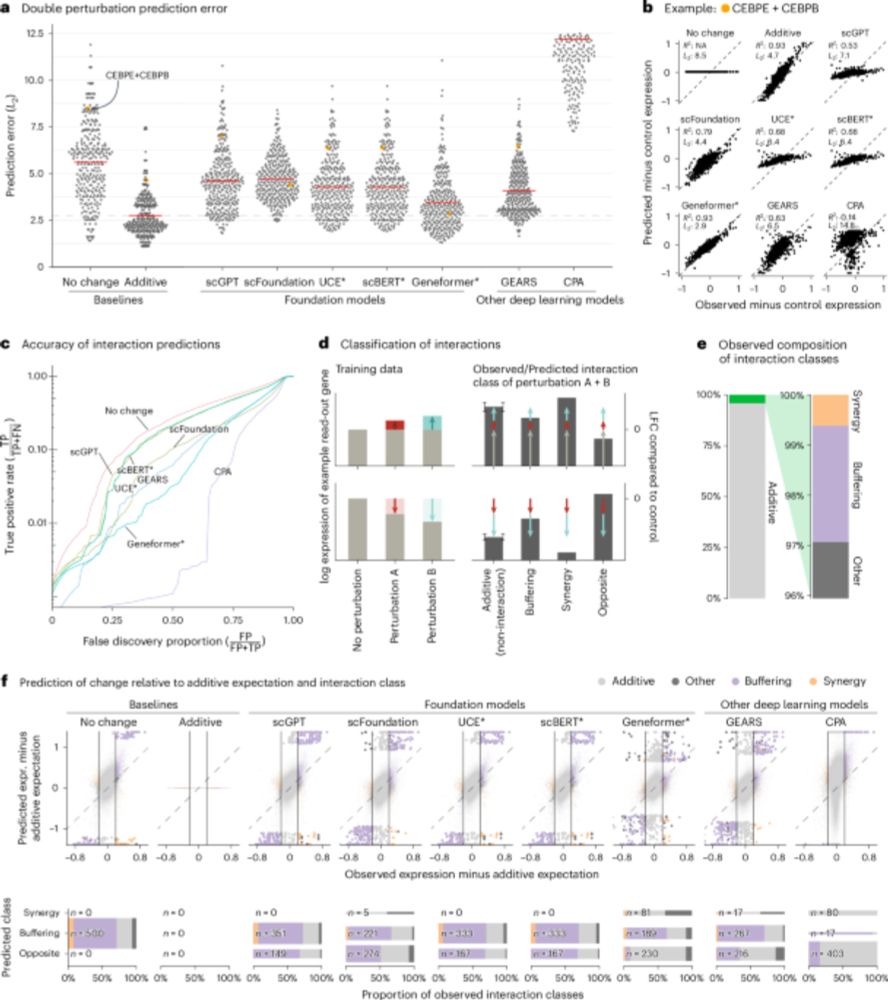
www.nature.com/articles/s41...

